Easy Acrylic Painting on Canvas for Beginners
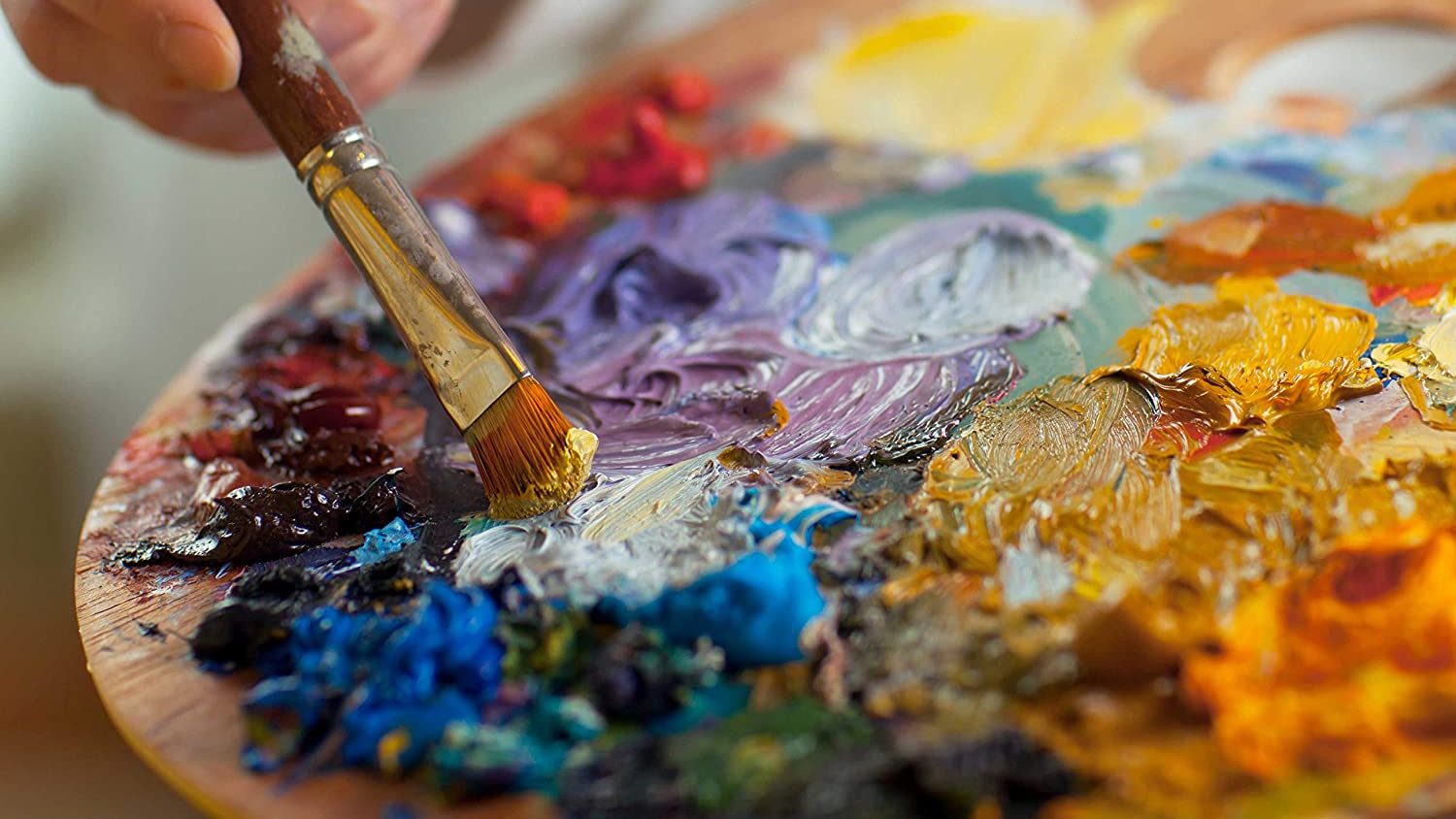
Are you an amateur painter looking for easy acrylic painting ideas? If so, you’ve come to the right place. In this section, we will discuss some simple painting techniques and ideas anyone can learn.
We will also provide inspiration for painting subjects that are both fun and challenging. So whether you’re a beginner or an experienced painter, you will find something here to inspire you.
Affiliate Disclaimer: This post may contain affiliate links, which means I will receive a commission if you make a purchase using these links.
The Stages of Painting With Acrylics
Acrylic painting is a process that can be divided into three basic stages: the pre-painting stage (stage one), the painting stage (stage two), and the post-painting stage (stage three).
You will choose your colors, mix your paints and sketch out your composition in the pre-painting stage. In the painting stage, you’ll start painting in the areas that are most important to you first.
In the post-painting stage, you’ll clean up your painting and add any final touches.
All the acrylic painting ideas shared here will show these three developmental stages.
1. Still life painting with Acrylics-Art Student: Onessa Evans
One of the great things about acrylics is that they can be used to create beautiful still-life paintings. This type of painting typically features inanimate objects arranged in a pleasing way, and it can be a great way to learn about color and composition.
Onessa Evans painted the still life composition below, here she explains her thought process during each stage of the painting process. To see more works by Onessa follow her on social media:
FaceBook: @Swevia Evans
Instagram: wevia_evans18
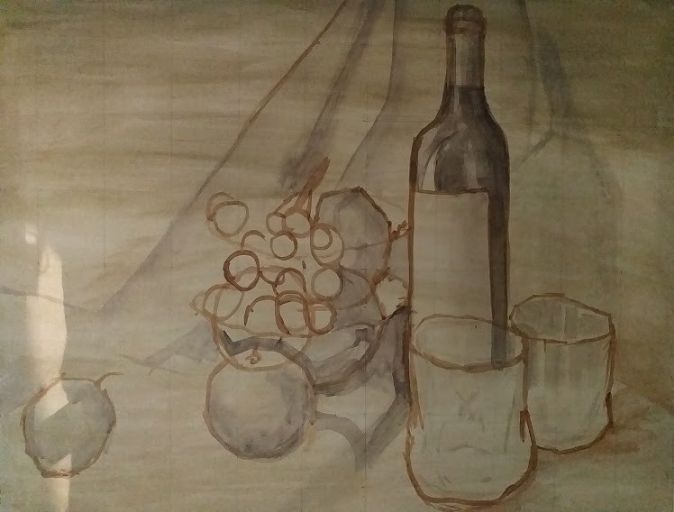
Stage One Thought Process: I started with a preliminary sketch, using a mixture of blue and brown to show where each object will be in the painting.
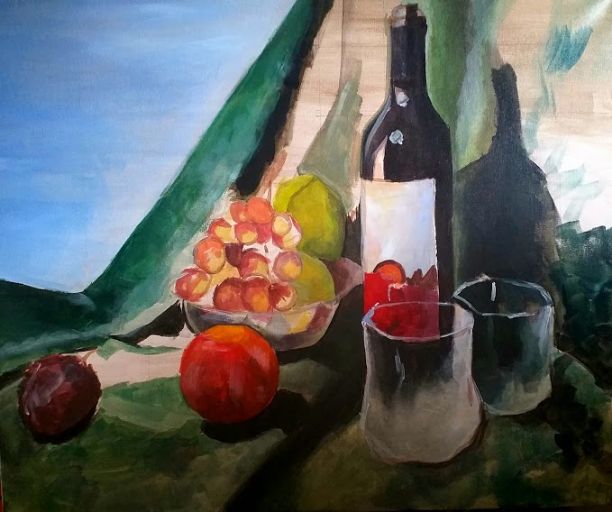
Stage Two Thought Process: This is the stage where I fill in blocks and the basic layout with the base colour of each object. Here I was working methodically towards the finished composition.
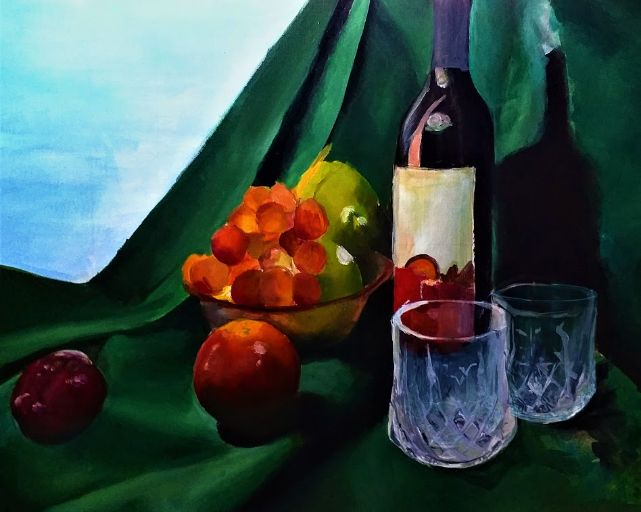
Stage Three Thought Process: Here I was more deliberate in capturing tones, highlights, forms, and more details to capture the essence of the finished composition.
2. Using Music as Inspiration-Artist: Randy Bentinck
There is something about listening to music that inspires creativity. Whether you are a musician or an artist, using music as inspiration can help you tap into your creative side.
For painters, listening to music can be a way to get in the right frame of mind before beginning a painting. It can also help you stay focused while you are working.
This is one of my personal pieces that was inspired by smooth jazz. I am a big fan of the genre. Here i wanted to capture that mellow feel I get when I listen to smooth jazz.
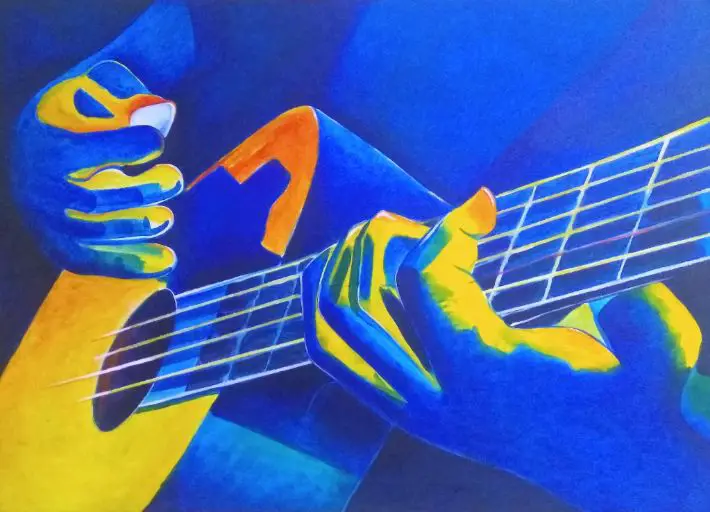
3. Beach Scene or Seascape with Acrylics-Art Student: Roberto Teekah
The vastness of the ocean can be both calming and daunting. The ever-changing landscape can be a source of inspiration for artists. Acrylic paint is a versatile medium that can be used to capture the power and beauty of the sea.
There are many ways to paint a seascape. Some artists might use oils, while others might use watercolors. Acrylics are a good option for those who want a fast-drying painting.
They can also create a variety of textures. Art student Roberto Teekah shares his process of painting a seascape using acrylics in three stages below.
For more work from Roberto follow him on social media:
FaceBook: Re de Roberto
Instagram: @rio.de.Roberto
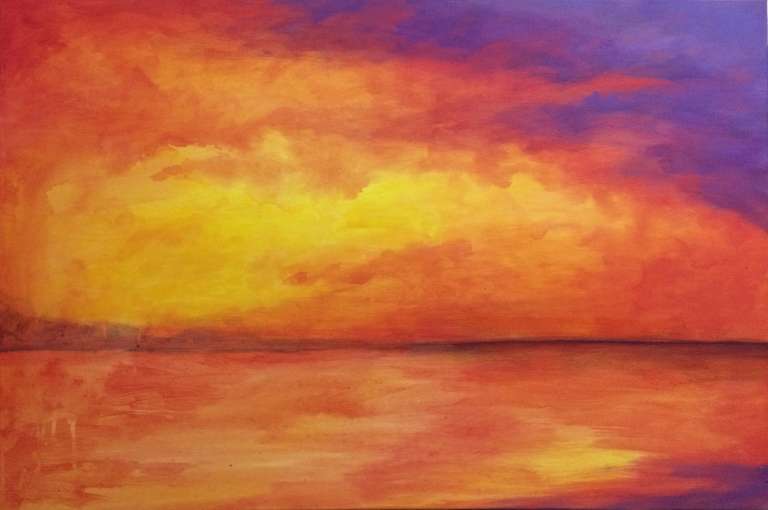
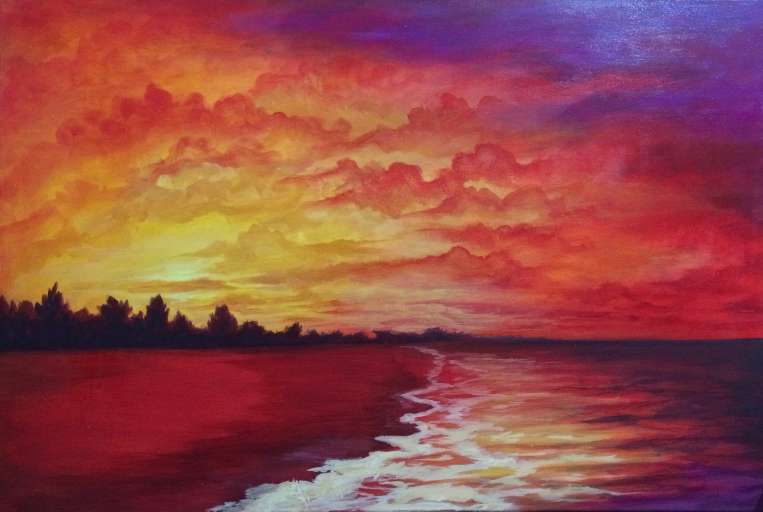
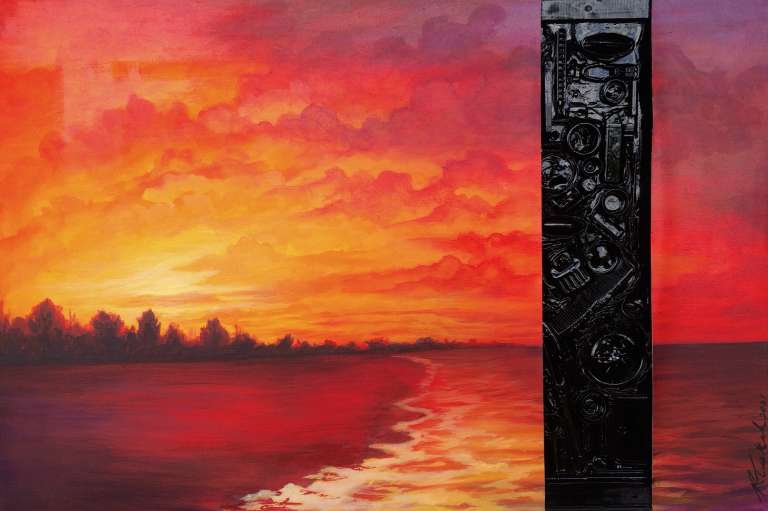
Stage Three Thought Process: In the work, bold saturated colors are used to create that idyllic, almost unrealistic, scene – these bold colors are then abruptly interrupted by the intense black used in the vertical ‘line of reality.’
4. Finding Ideas From Your Surroundings. Artist: Bevan Allicock
When it comes to finding inspiration for your next painting, sometimes the best place to look is right outside your door.
Nature provides an endless source of ideas and scenes to paint, from landscapes and flowers to trees and skies. Even if you don’t live in a rural area, there are plenty of opportunities to find interesting subjects close to home.
Start by taking a walk around your neighborhood or downtown area and take note of anything that catches your eye.
Here, Bevan found beauty and inspiration in a Red-Eye tree frog. His fluid use of the acrylic medium really adds to the overall effectiveness of his composition. To see more work from Bevan follow him on social media:
Facebook: Bevan Allicock
Instagram: @bevarts58
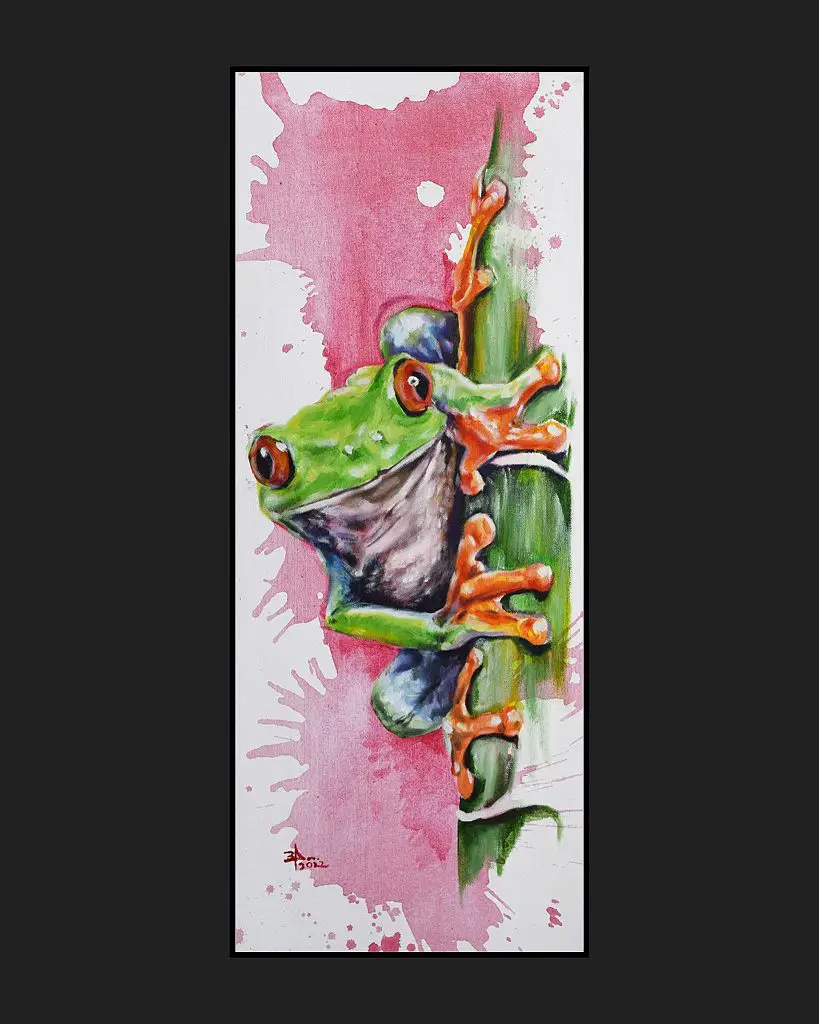
5. Finding Beauty in Simple Things-The Egg Yolk. Art Student: Lakesha Chapman
There is beauty in everything if you take the time to look. Sometimes, the simplest things are the most beautiful. A painting can be a window into another world or a reflection of our own.
It can tell a story or capture a moment in time. There is beauty in the way the light shines through the leaves of a tree, or in the way the waves crash against the shore.
Here Lakesha manages to help us see the exquisite beauty in something as simple as an egg yolk.
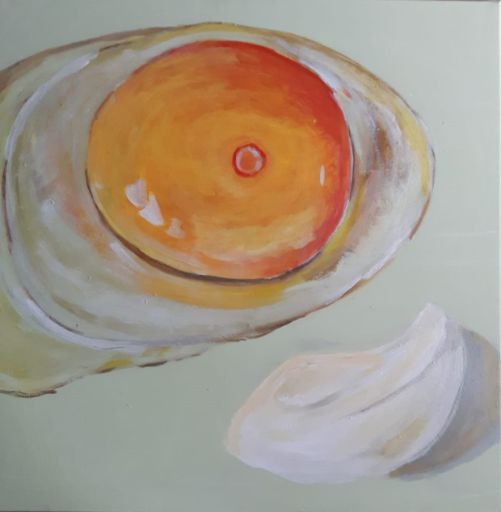
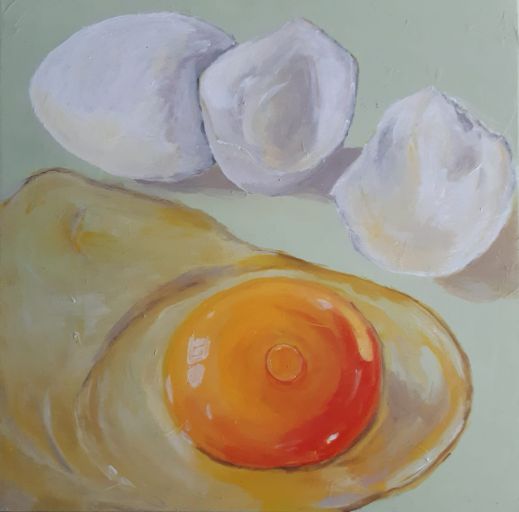
6. Painting Things you Feel Passionately About. Art Student: Minerva Duke
When you’re passionate about something, it’s easy to feel the desire to express that passion through artwork.
Whether it’s a landscape of your hometown or a portrait of your best friend, putting your feelings into a painting can be a very satisfying experience.
The act of painting can be a form of meditation, allowing you to lose yourself in the creative process and produce something that reflects your deepest emotions.
Here Minerva Duke produces a piece to express her idea of the importance of self-examination. To see more work by Minerva follow her on social media:
Facebook: Minerva Duke
Instagram: @mervina2011
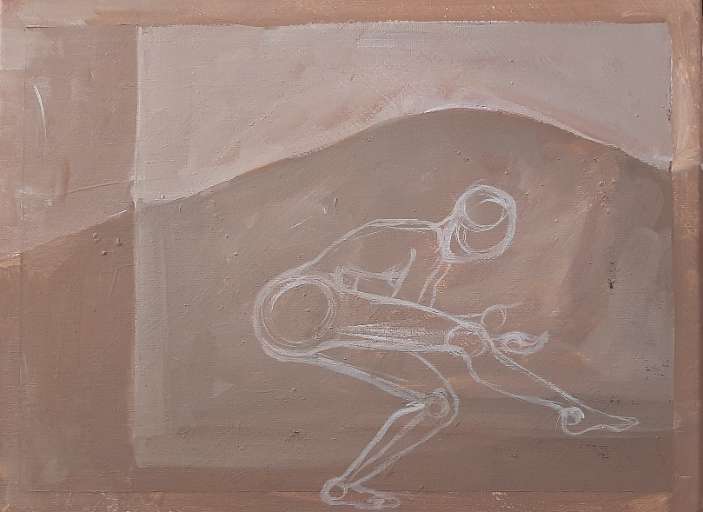
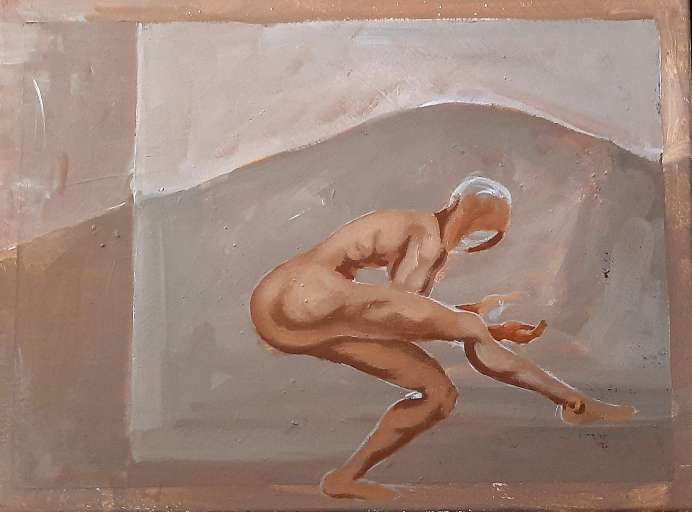
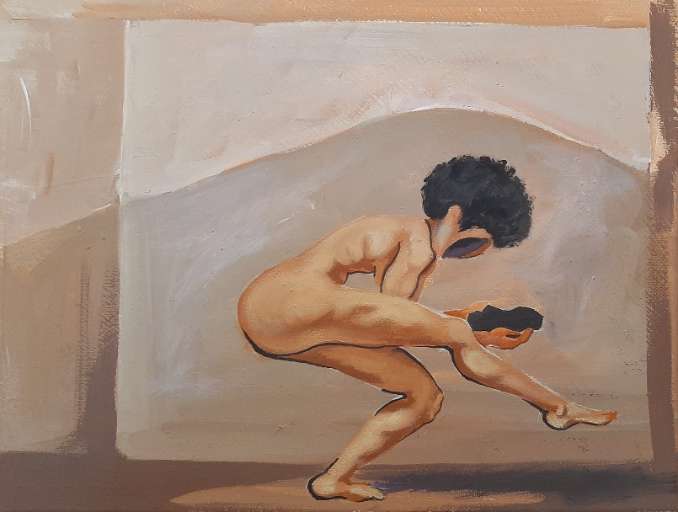
Introspection in this sense is a reminder that the viewers should not only focus on the physical self but should also take the time to look inward and examine their emotions and thoughts, reflect profoundly, and discover individuality.
7. Abstract Art With Acrylic-Art Student: Atashieha Bovell
Abstract art is created when an artist takes creative license to produce a nonrepresentational work of art. This type of painting is often done with acrylics because the paint dries quickly and is easy to manipulate. The results can be stunning, as the artist has complete freedom to create whatever she or he desires.
In this painting, art student Atashieha Bovell expresses herself in this composition she calls, Breathing Hair. To see more work by Atashieha follow her on social media:
Facebook: Tasha Bovell
Instagram: @tasha.bovell
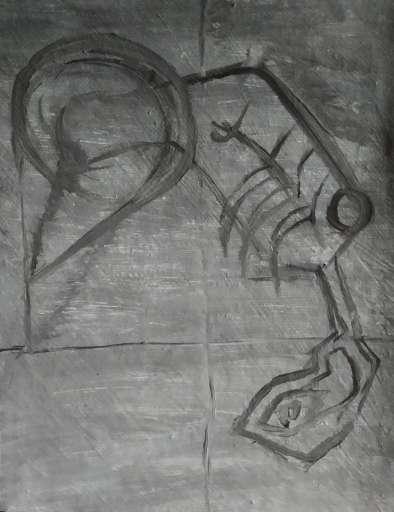
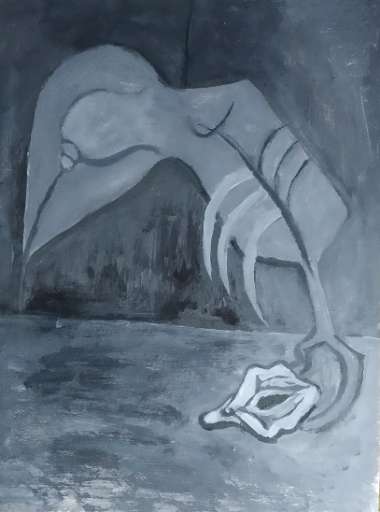
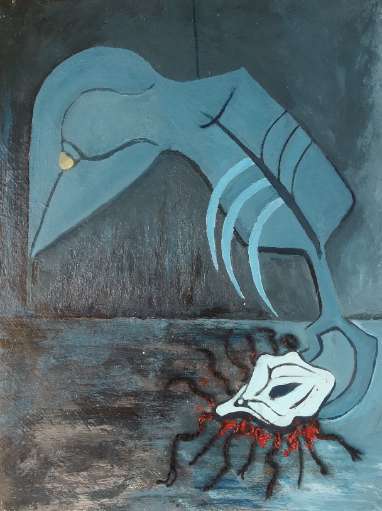
8. Abstract Painting
Abstract painting with acrylic is a process that can be both fun and frustrating. The trick to creating a successful abstract painting is to let go of your need for control and to allow the paint to flow freely.
This type of painting can be very therapeutic, and it can be a great way to relax and unwind after a long day.
acrylic painting techniques
Here are some fundamental acrylic painting techniques that every novice should be aware of before starting to paint.
These painting techniques will help develop the level of confidence when applying acrylic paints to any surface successfully.
Brush Strokes Techniques With Acrylic Paint
When you are painting with acrylics, there are various brush strokes techniques you can use to create different effects.
While the techniques used will vary depending on the painter’s preference, there are some basic strokes that all acrylic painters should know. These basic strokes are:
- Cross-hatching
- Vertical and horizontal
- Curved strokes
- Hatching
- Stippling and dots
- Dabbing
- Scumbling
Dry Brushing Technique
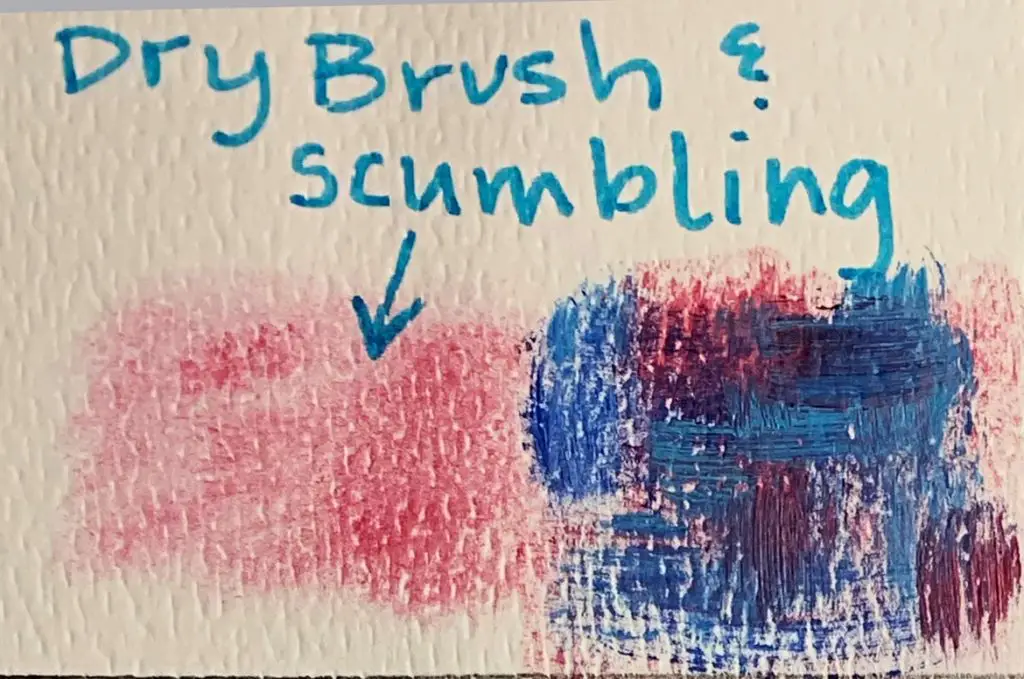
To use the dry brush technique, first, mix your paint using a palette knife of your brush. If you use your brush, ensure you dry it off after finishing mixing your paint using a paper towel or rag.
The paint should not be watery, otherwise, you won’t get the full benefit of the dry brushing.
The pressure you apply to the painting surface must be light and the surface below must be dry. If you do dry brushing on a wet surface, the paint will blend.
The heavy body acrylic paints are usually easier to use for dry brushing compared to craft paint, which has more moisture in it. You also need to use a dryer brush with craft paint to get the best dry brush result.
Acrylic painting tips: Dry brushing works best on a dry surface. So ensure the layers of paint below is dry properly before using this technique.
Layering Painting Technique
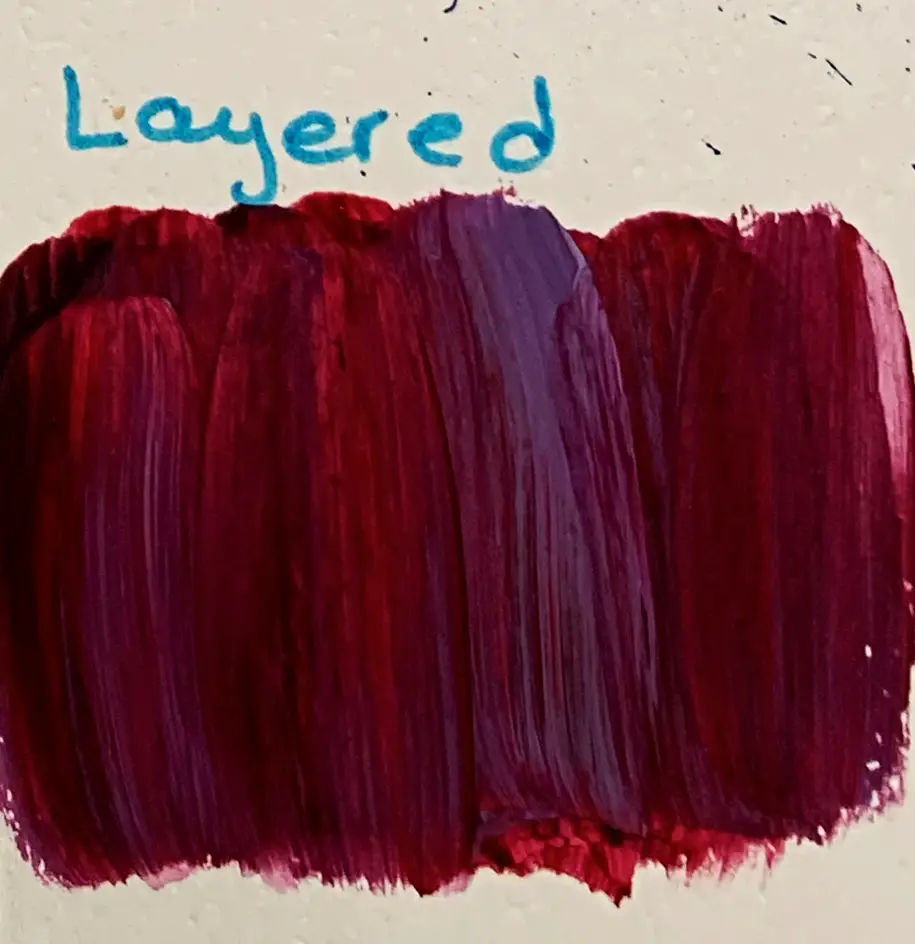
Layering acrylic paint is a great way to create depth in your paintings. By adding thin layers of paint on top of one another, you can create a realistic effect that makes your painting look more like a photograph.
In order to layer acrylic paint correctly, you need to use thin coats of paint and allow each layer to dry completely before adding the next one.
Glazing Painting Technique
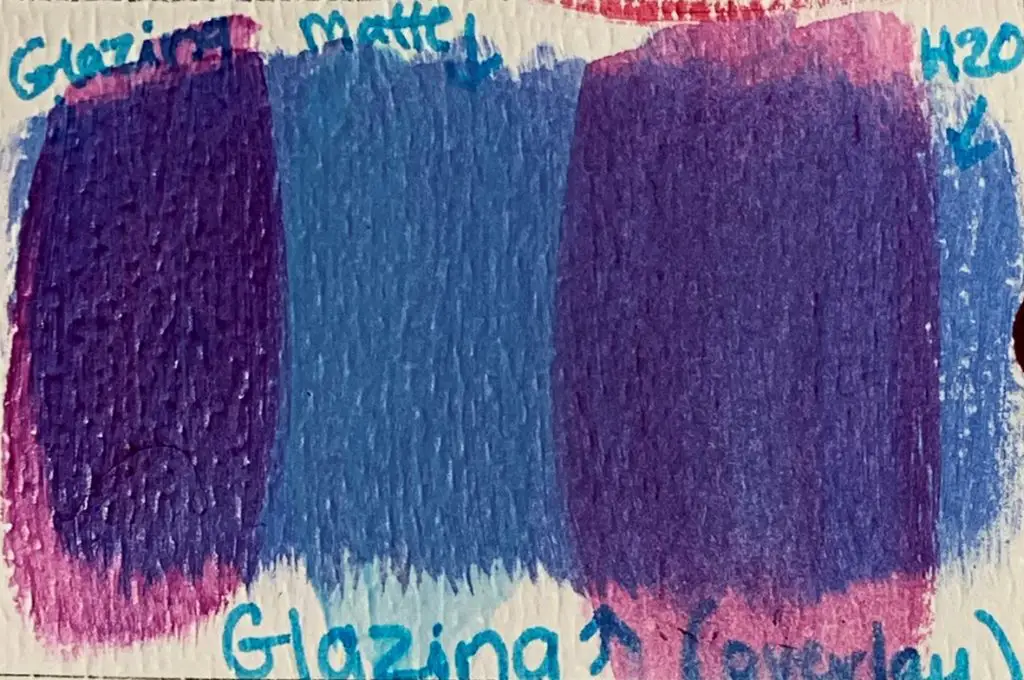
There are many painting techniques that can be used to create different effects. One such technique is glazing. Glazing is a process in which we applied a thin layer of paint over another layer of paint.
This can be done with oils, acrylics, or watercolors. Glazing can be used to create a variety of effects, such as adding depth and richness to a painting, mellowing colors, or creating highlights.
Acrylic painting tips: for glazing to be effective, each layer of paint must be dry. To speed up the drying process, you can use a hair dryer to reduce your working time.
Painterly and Expressive Technique
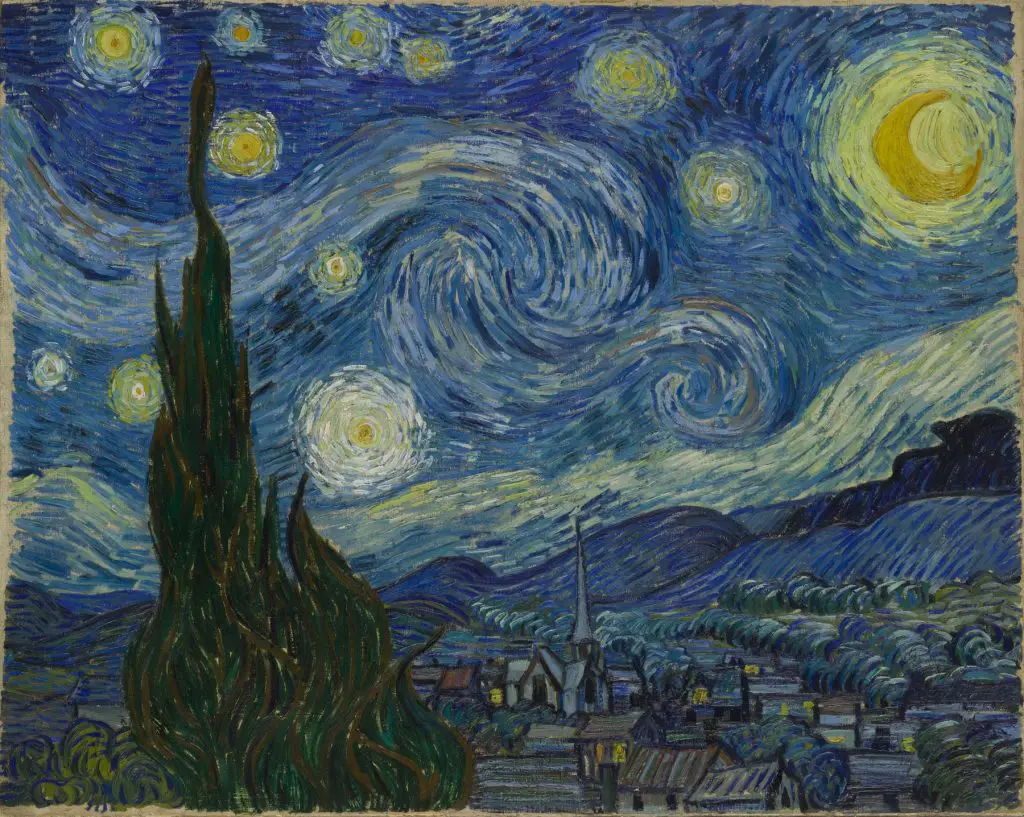
In the world of fine art, there are various techniques that artists use to create their pieces. One such technique is painterly and expressive painting.
Its loose and expressive brushstrokes, which give the artwork a spontaneous and fluid feel, characterized this method.
This technique conveys the artist’s emotions and ideas to the viewer, rather than simply reproducing what they see in front of them.
Impasto Painting Technique
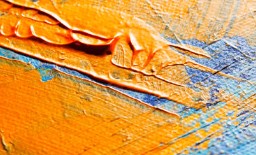
Impasto is a painting technique in which paint is laid on an area of the surface in thick layers, usually with a palette knife.
The paint is allowed to sink into the surface, creating a textured effect. Impasto is often used to create a sense of depth and to depict light and shadow.
Wet into Wet Painting Technique
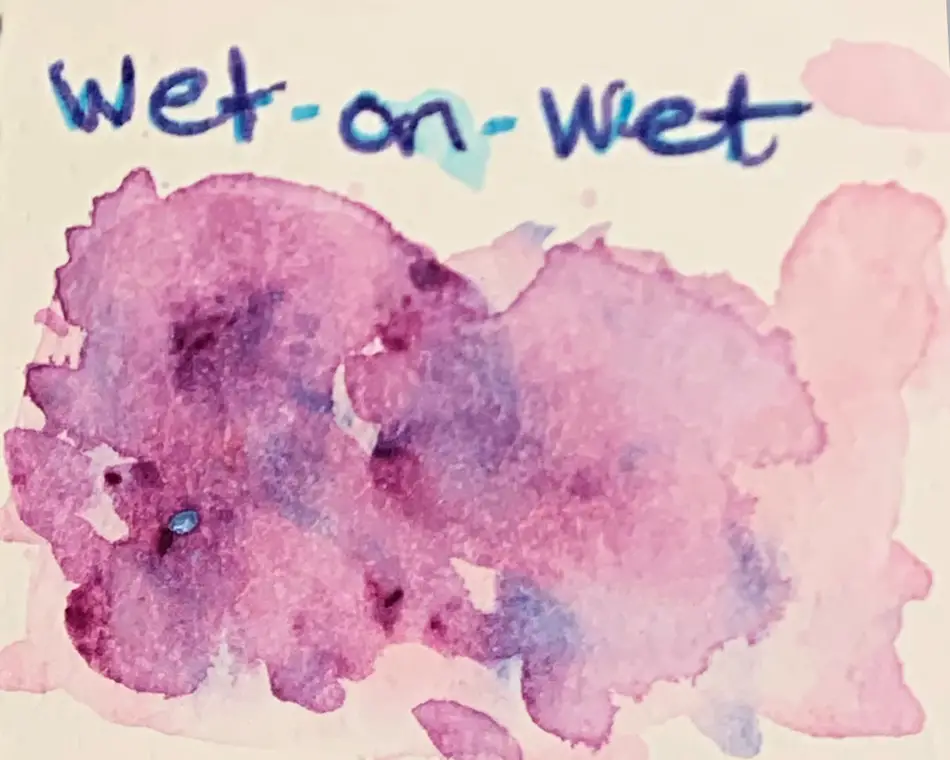
The wet-into-wet acrylic painting technique can produce beautiful and ethereal paintings. This effect is created by applying paint to an already wet surface. It’s a great way to create a sense of depth and aerial perspective in your work.
In order to achieve the best results, it’s important to understand how the paint behaves when it’s wet.
Some advantages of the wet into wet technique:
- Wet into wet acrylic painting technique creates a smooth and blended effect.
- The paint spreads out and blends with the paint that is already on the canvas, creating a smooth and cohesive look.
- This technique can be used to create soft and delicate effects, or bold and dramatic ones.
See more brush stroke techniques in the video below:
types of paints
Acrylic paints are a versatile and popular medium for artists. They come in a variety of types, each with its own characteristics and purposes. We can use acrylics for everything from fine art to crafts to home decor. Below you will find four of the most popular types of acrylic paints.
- Heavy Body Paints: As the name implies, heavy body paints are the thickest and heaviest of the bunch, and they’re also the most popular.
- Soft Body Paints: are smoother, with a viscosity similar to yoghurt. As a result, they’re great for blending with other materials.
- Fluid Paints: The texture of fluid paints is like that of double cream. They come in a bottle and are ideal for slick brushing or staining effects, glazes, and finely detailed work.
- Acrylic Ink: The most liquid of the acrylic paints is acrylic ink. It’s produced with ultra-fine pigments suspended in a cutting-edge acrylic emulsion that’s as fluid as water.
Acrylic Paint Grades
Acrylic paints come in three grades: professional quality, artist quality, and student quality. See more detail below:
- Professional Grade Acrylic is the highest level of excellence. The paint will include less binder than other grades because of the use of the best quality colors and resins.
- Artist Grade Acrylic paints frequently employ the same ingredients as professional paints, but in smaller quantities.
- Student Grade Acrylic within each range, the student grade has the lowest pigment to binder ratio and the most uniform fluidity and gloss.
Common Mistakes and Problems When Painting With Acrylics
- The paint dries too quickly. Mist your paint using a mist bottle. This will create a light mist over the surface of your paint to keep it moist for longer.
- Giving up too soon. Too often beginners get frustrated and overwhelmed and them give up. There is always a stage in the painting process when thing will look ‘ugly’ you have to learn to work through this phase and finish the painting. Even pros experience this, but the more you work through it the more confident you become in trusting the painting process. Stick with it! The learning and the growth happen through the journey.
- Muddy paint. If you find that your paint is getting muddy, stop and evaluate the situation by asking a few crucial questions. Four factors can contribute to muddy paint. (i) Is my brush clean? Wash out your brush in clean water. (ii) Is my water clean? If not, change it. (iii) What is the state of my palette? Sometimes your palette has become messy and paints are accidentally inter mixing because you don’t have enough place on your palette to mix. (iv) And finally, it could men that the paint underneath wasn’t dry, so when you apply new layers it mixing with the old ones.
- Muddy water. As was discussed in the last point above, muddy water can affect the painting process. Change water frequently. Dirty water will affect the purity and intensity of your colors.
Basic Supplies for Acrylic Painting
When starting out in acrylic painting, it is important to have the necessary supplies. This includes paints, brushes, a palette to mix colors on, a palette knife, paper towel, and water.
It is also helpful to have a few items to help with organization, such as a canvas carrier and storage containers for paints and brushes.
Having the right supplies will help make the painting process easier and more enjoyable. You will find most of these supplies in an art supply store in your town or online.
Acrylic Polymer
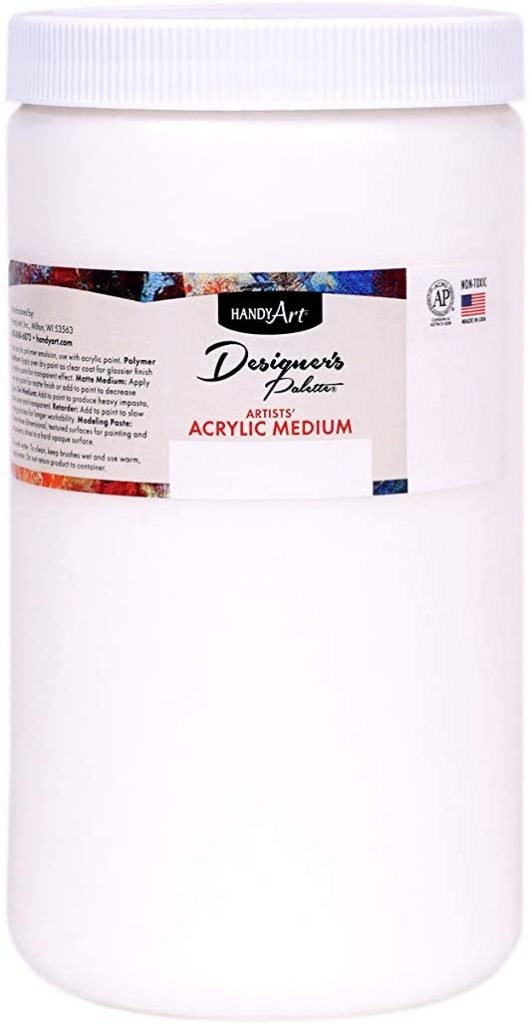
Acrylic polymer is a synthetic resin that is used as a binder in acrylic paint. It is made by polymerizing an acrylic ester, such as methyl acrylate. Acrylic polymer gives acrylic paint water resistance and durability.
Stretched Canvas
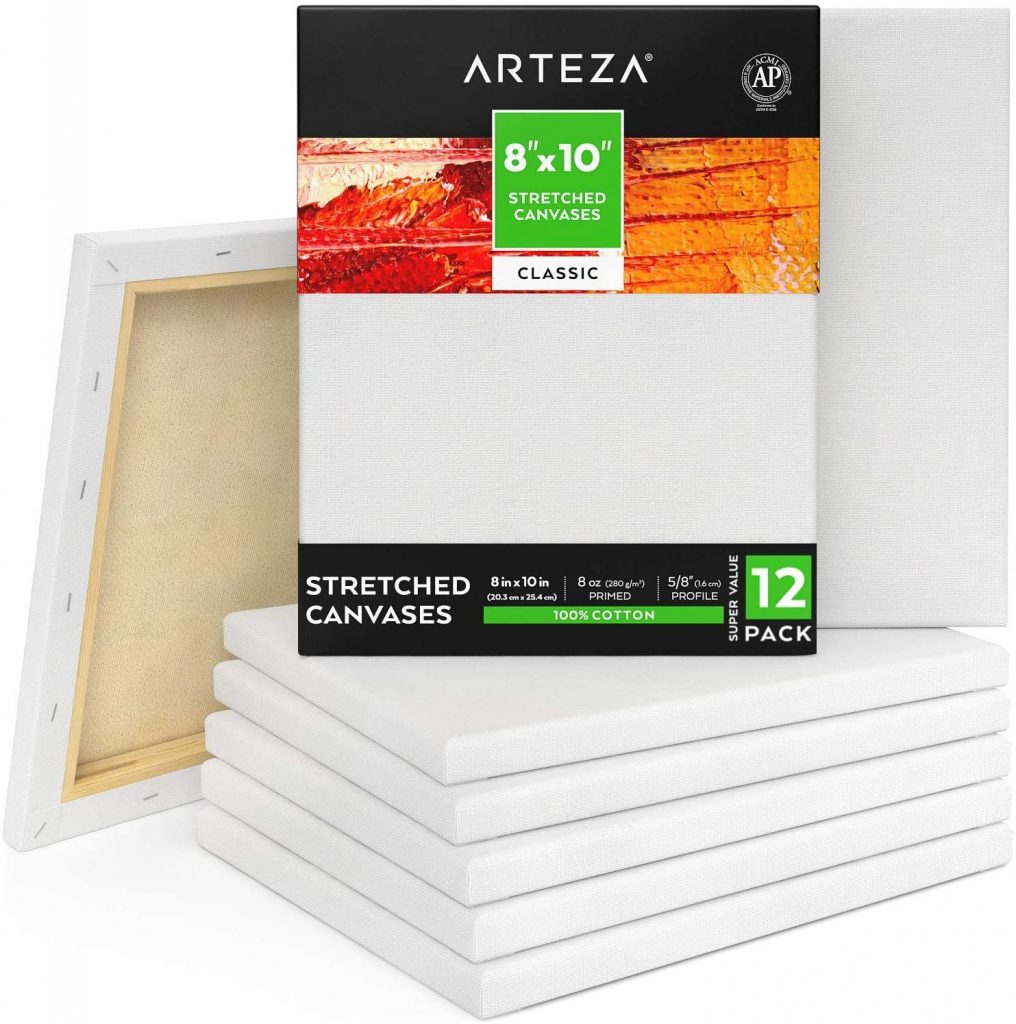
Arteza Stretched White Canvas for Painting
The stretched canvas is an important part of the acrylic painting process. The canvas provides the surface for the paint, and the texture and weight of the canvas affect the final painting.
There are a variety of canvases available, from student-grade to professional-grade. The choice of canvas depends on the desired results and the painter’s budget.
Palette Knives
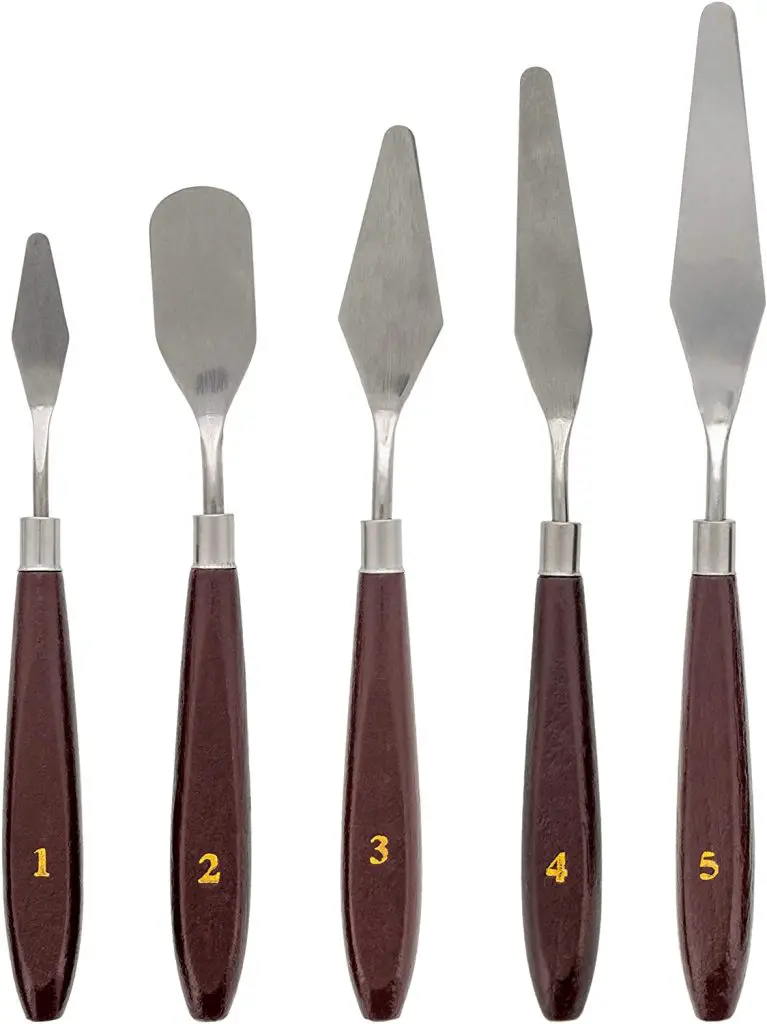
Palette knives are a great tool to use when painting with acrylics. They come in a variety of shapes and sizes, making them versatile for both mixing and applying paint. Because they are blunt, palette knives can be used to create thicker paint textures and are great for impasto techniques.
Wooden Panels
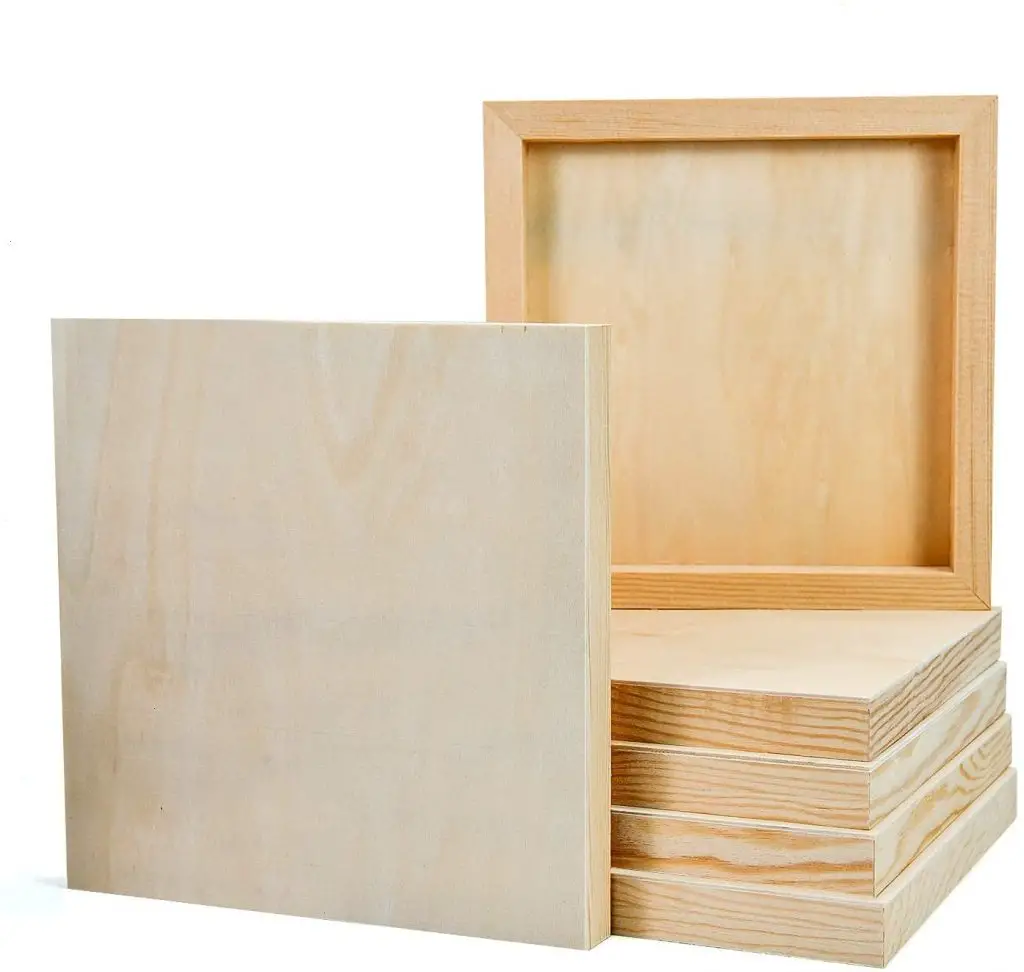
YoleShy 6 Pcs 8” x 8” Unfinished Wood Cradled Painting Panel Boards for Arts & Craft
The use of wooden panels for acrylic painting can provide a variety of benefits for the artist. One such benefit is that panels generally have a more consistent surface than canvas, which can be helpful when attempting to create a smooth finish.
In addition, panels are often less expensive than canvas, and they tend to be more durable. Additionally, many artists find that panels provide a firmer painting surface than canvas, which can be helpful when working with thicker paint applications.
Student-grade Paints
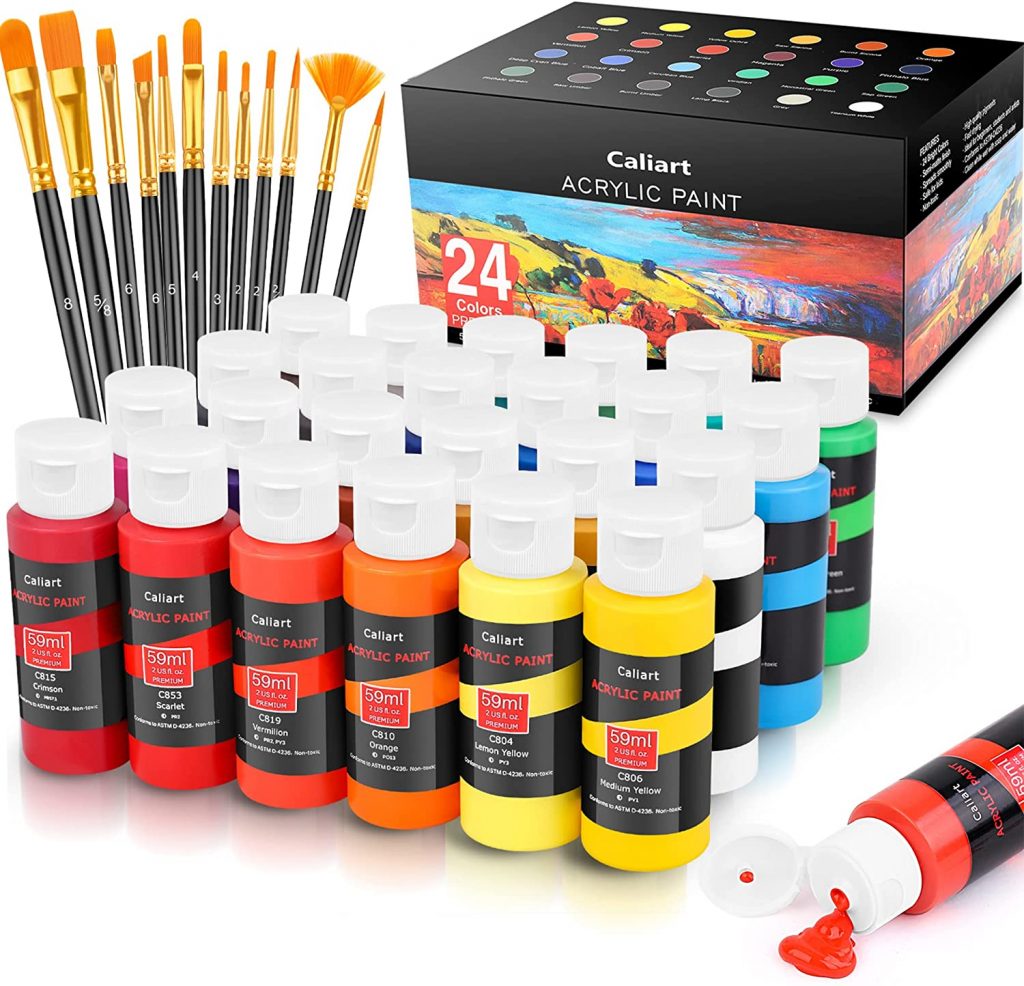
Student grade paints are a great option for those who are new to acrylic painting. They are less expensive than professional-grade paints, and they work just as well for creating beautiful pieces of art. In fact, many artists begin their careers using student-grade paints.
The paints are available in a variety of colors, so you can create any type of painting you desire. They also come in different types of finishes, such as matte or gloss.
Best Brushes for Acrylic Painting
When it comes to acrylic painting, you need the right tools for the job. Brushes are a critical part of the process, and there are a few factors to consider when choosing the best brushes for acrylic painting.
First, you need to decide what type of brush you need. There are flat brushes, round brushes, filbert brushes, fan brushes, and more.
Each type of brush has its own unique purpose and can be used for different effects in your painting.
Synthetic Brushes
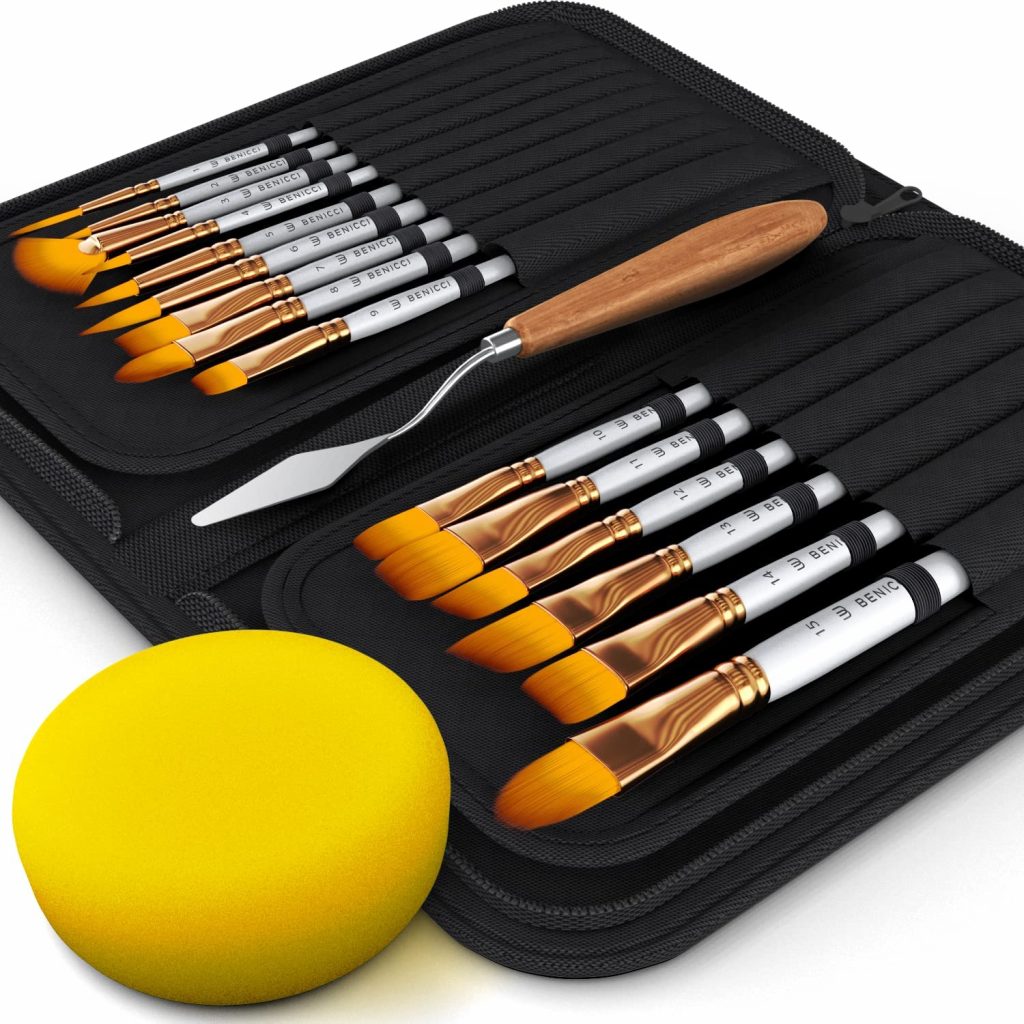
Synthetic brushes are made from man-made materials as opposed to natural animal hair. They come in a variety of shapes and sizes and are used for everything from painting to makeup application.
Synthetic brushes are generally considered easier to clean and more durable than their natural counterparts.
Natural Brushes
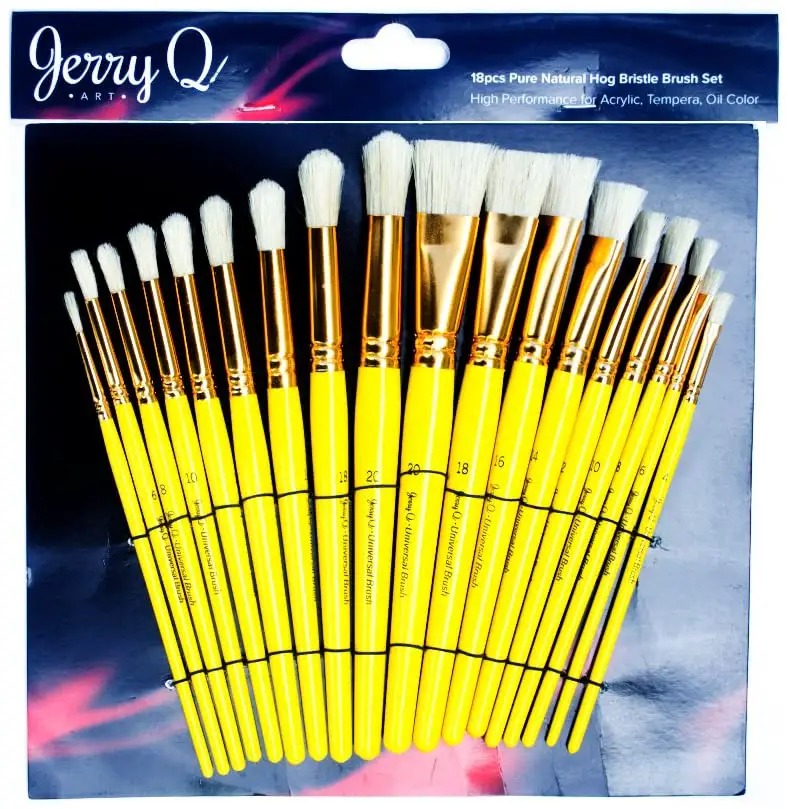
Natural
There are many benefits to using natural brushes for acrylic painting. One of the most obvious benefits is that natural brushes are much cheaper than synthetic brushes.
Another benefit is that they hold more paint, so you can complete your painting in fewer strokes. Additionally, natural brushes are softer than synthetic brushes, which makes them less likely to cause brush strokes in your painting.
Palette
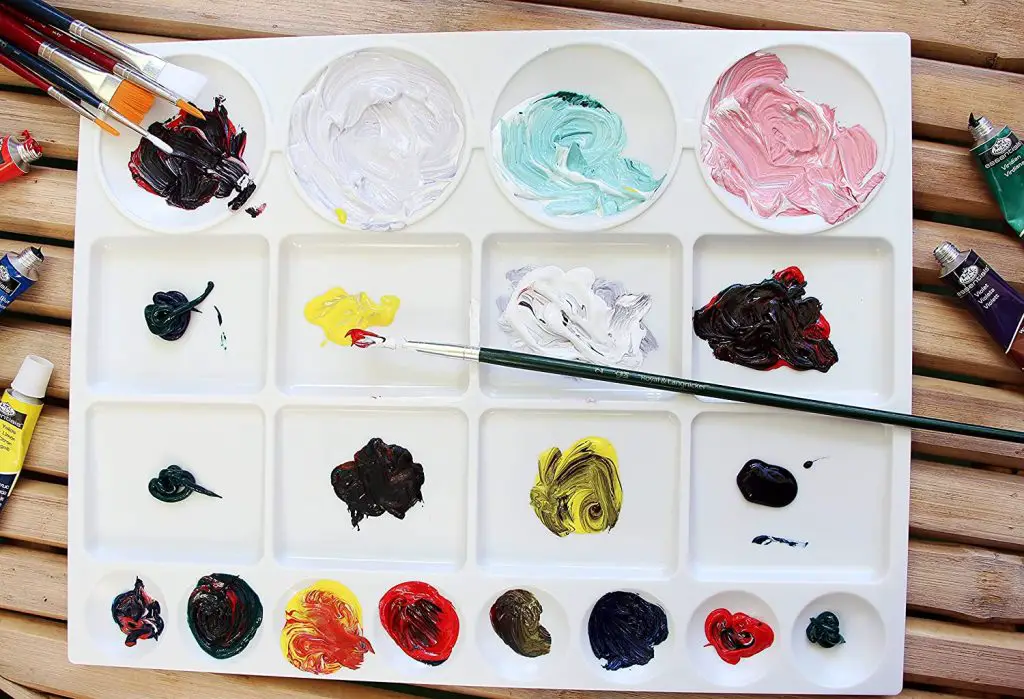
In acrylic painting, the palette is a board or plastic surface that holds the paints. The painter can mix different colors on the palette and then apply the paint to the canvas.
There are different ways to mix colors on a palette. Some painters use only a few colors on their palettes, while others use many colors.
Water

Water is the primary ingredient in acrylic paint. It is the solvent that suspends the pigment and allows it to be applied to a surface. When painting with acrylics, adding more or less water will change the consistency of the paint, affecting its opacity, spreadability, and drying time.
Paper Towel

With acrylic painting, there are a few essentials that you need in order to get started. Besides paint and brushes, you’ll also need a surface on which to paint and something to clean your brushes between colors. We can use paper towels for both purposes.
For your painting surface, you can use a canvas or a piece of Masonite board.
Conclusion
In conclusion, acrylic painting on canvas is a great way to get into the art world. It is a versatile medium that can create a variety of different techniques and effects. With just a little practice, you can create beautiful pieces of art that you can be proud of. So grab some paint and a canvas and get started!
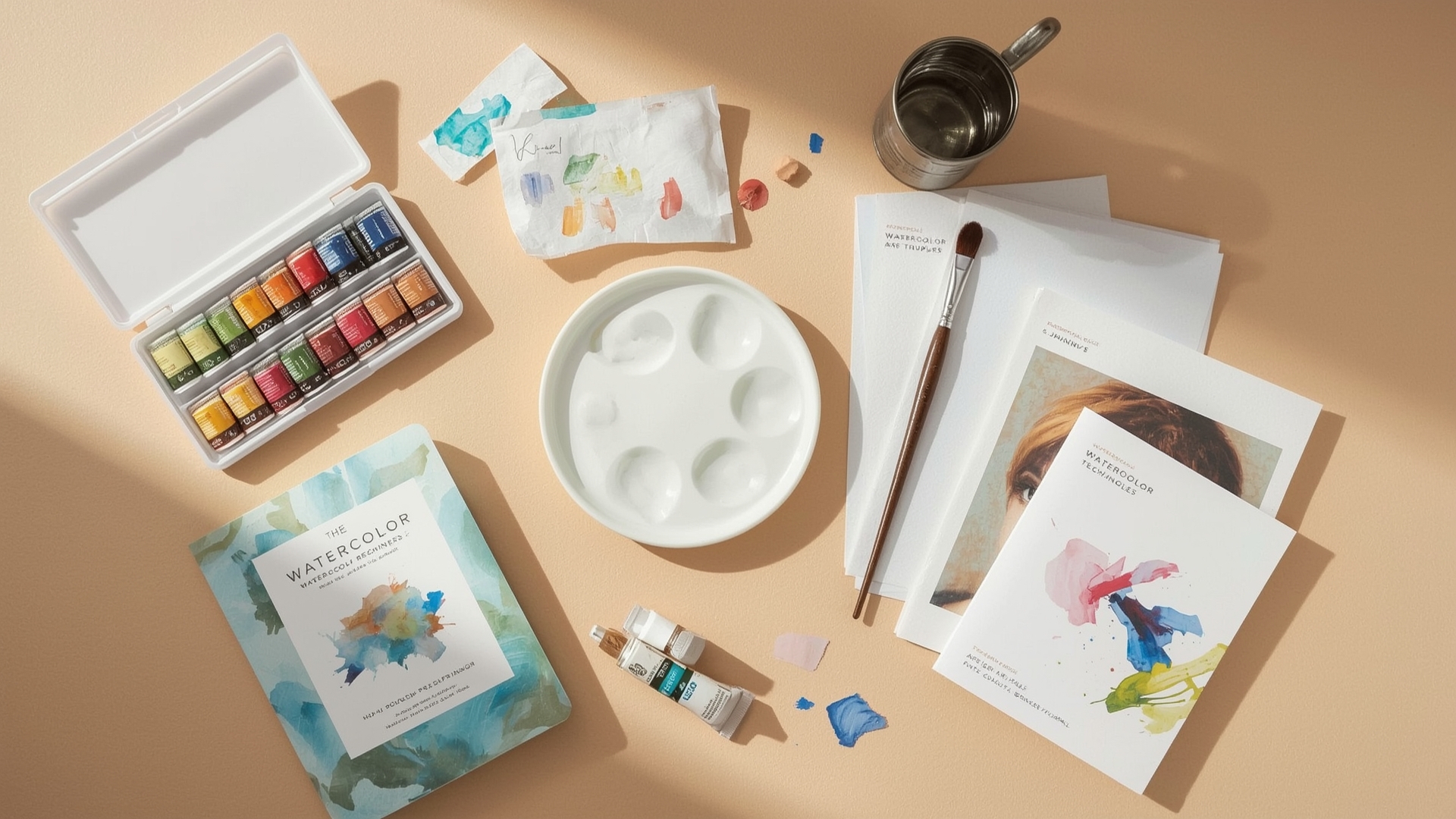

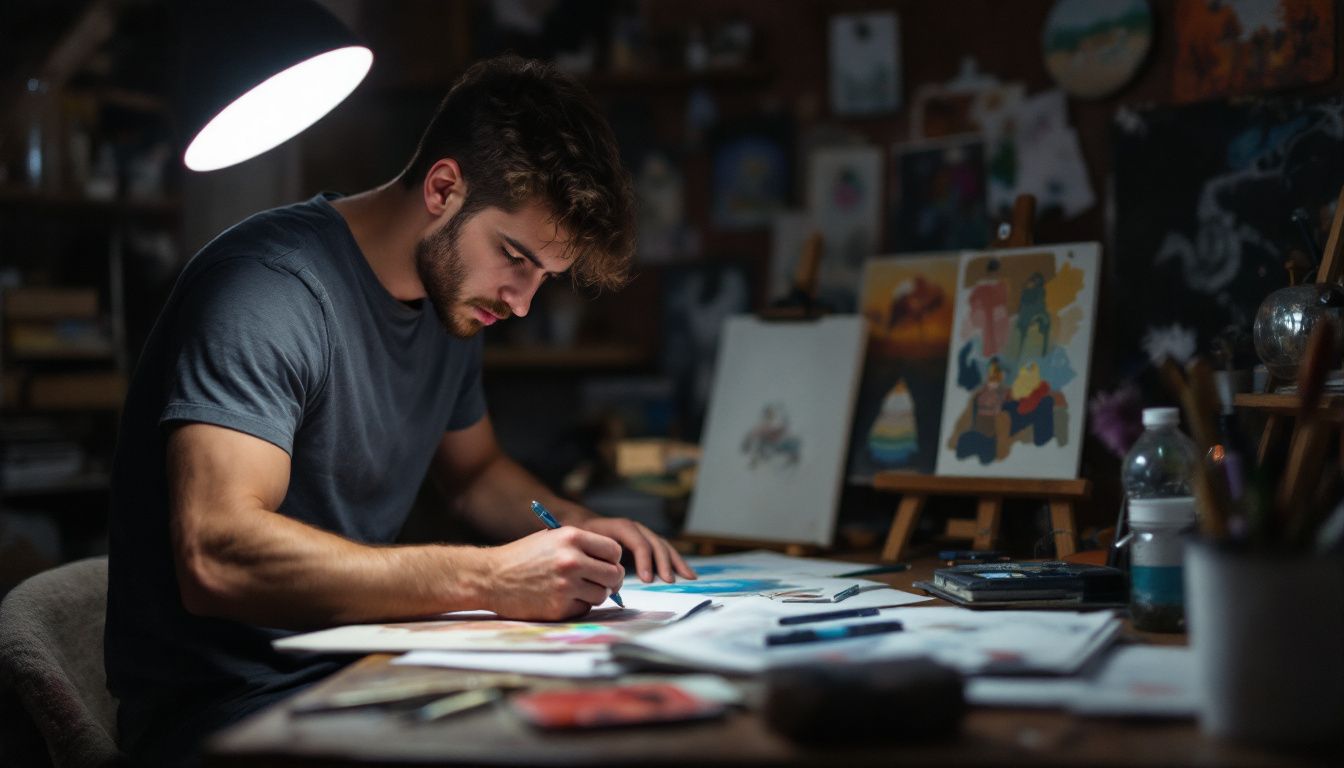
Leave a Reply